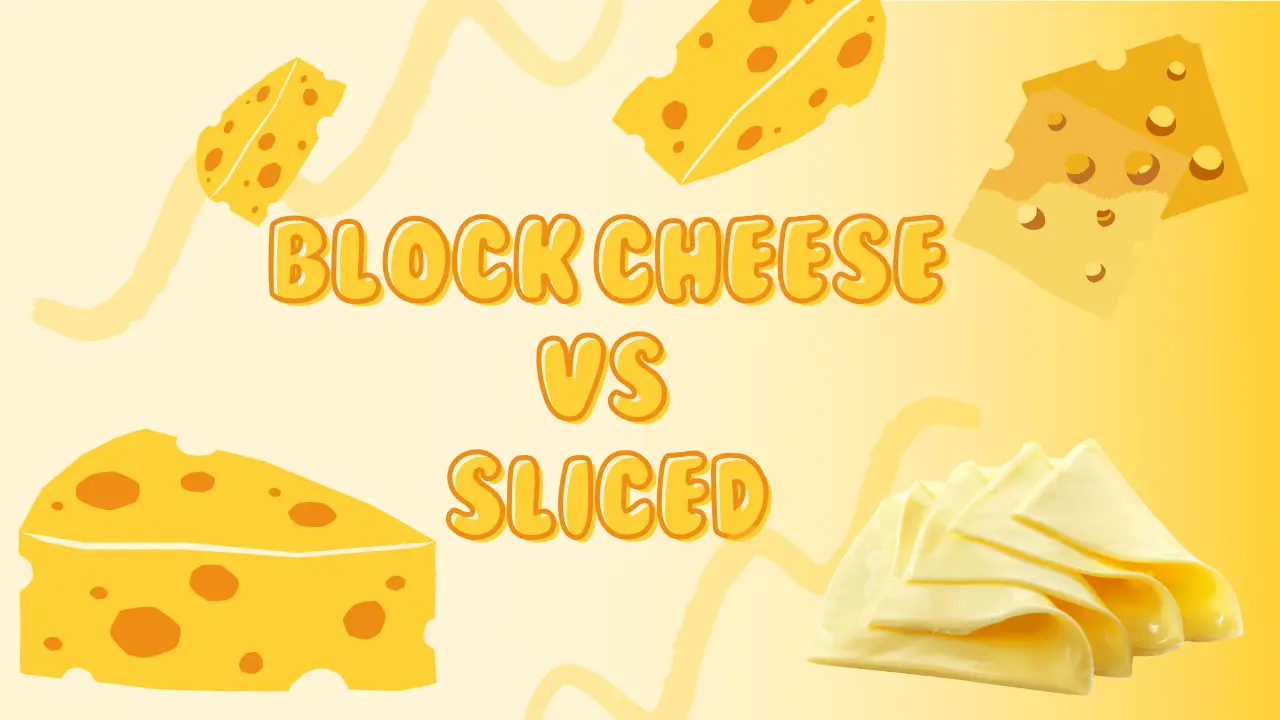Direct answer: Both tortillas and bread provide 14-15 grams of carbohydrates. The difference lies primarily in the calories, protein, and fat content, and this variation can drastically differ based on the type of bread or tortilla you choose.
Both tortillas and bread serve as widely used food staples across different cultures. They have the same amount of crabs. They both are versatile, offering various uses in various culinary delights. When choosing between tortillas and bread, many factors come into play, including taste, texture, and nutritional content.
What Is Tortilla?
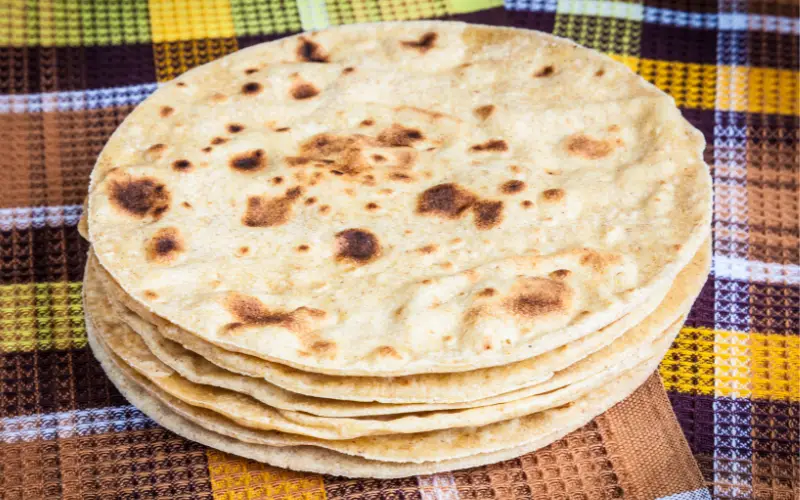
Tortilla is a versatile and popular staple food associated with Mexican and Latin American cuisines. It is a thin, round flatbread made primarily from corn or wheat flour, water, and sometimes other ingredients such as oil or salt. The dough is typically rolled out into a flat disc shape and then cooked on a hot grill or skillet until it becomes pliable and slightly toasted.
What Are Carbs?
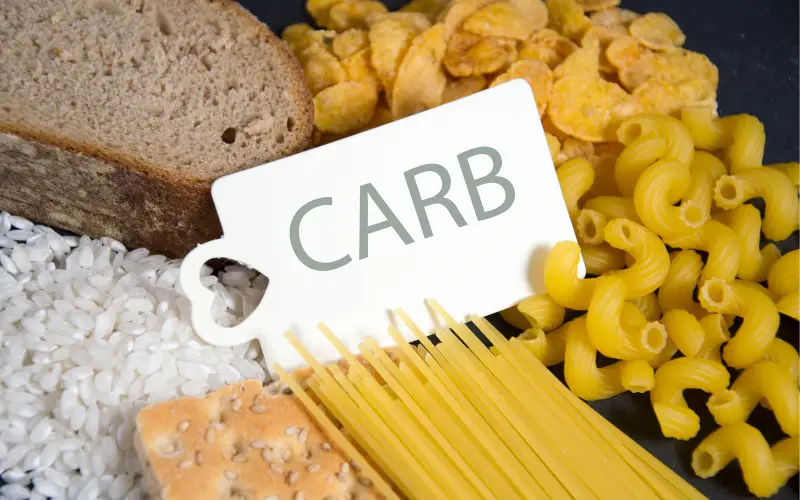
Carbohydrates, commonly called carbs, are one of the three main macronutrients found in food, alongside proteins and fats. Carbohydrates are an essential energy source for the body and play a crucial role in various physiological functions.
Carbohydrates are made up of sugar molecules, which can be classified into three main types: simple carbohydrates, complex carbohydrates, and fiber. Simple carbohydrates, or sugars, are found naturally in fruits, milk, and some vegetables, and added sugars in processed foods. Complex carbohydrates, such as starches, are found in foods like grains (e.g., rice, wheat, oats), legumes (e.g., beans, lentils), and starchy vegetables (e.g., potatoes, corn). Fiber, a carbohydrate type, is found in plant-based foods like fruits, vegetables, whole grains, and legumes.
How Many Carbs Are In Bred?
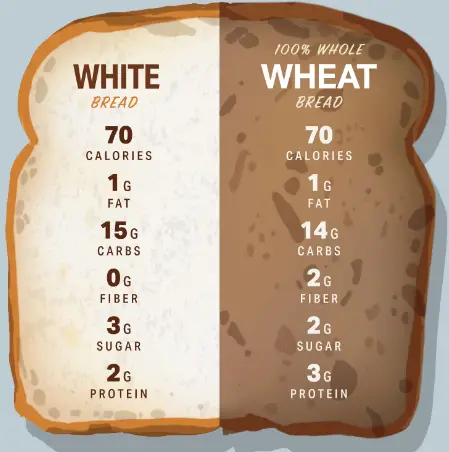
One slice of white bread offers approximately 14 grams of carbohydrates, providing 67 calories. It’s fascinating to note that around 70% of these calories come from carbohydrates.
| White Bread | Whole-Wheat Bread | |
|---|---|---|
| Serving Size | 1 slice (25g) | 1 thin slice (33g) |
| Calories | 67 | 92 |
| Total Fat | 1g | 2g |
| Carbs | 14g | 17g |
This table compares the nutritional values between white bread and whole-wheat bread. Despite whole-wheat bread having a larger serving size, it contains more calories, fat, and carbs, indicating that it is denser and richer in nutrients.
<
Carbohydrates In Tortillas
The amount of carbohydrates in tortillas depends on whether you enjoy a flour or corn tortilla. A medium, 6-inch flour tortilla offers 15 grams of carbohydrates, while a similar size corn tortilla delivers 14 grams. It’s essential to note that flour tortillas contain more protein and fat than their corn counterparts, providing roughly 70 calories, 85% of which come from carbohydrates.
Bread vs Tortilla
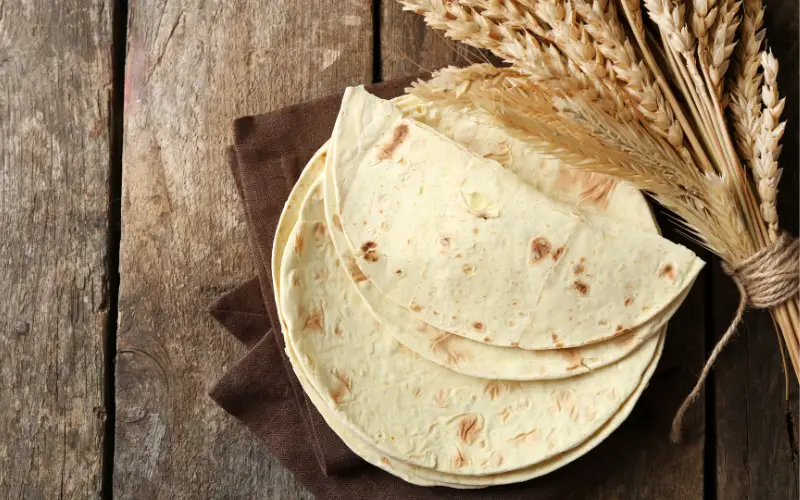
Whole wheat bread and tortillas are richer in nutrients and fiber than those made from refined grains. While the carbohydrate content is comparable, the nutritional value can significantly vary depending on the brand and ingredients used. Therefore, always be sure to check the nutrition label.
- Calories: On average, a slice of bread contains about 12% more calories than a tortilla. If you want to reduce your calorie intake, opting for a tortilla instead of bread might be a slightly lower-calorie option.
- Carbohydrates: Tortillas contain about 1% more carbohydrates than bread. This difference is relatively small, so if you are watching your carbohydrate intake, there won’t be a significant difference between the two.
- Fat: Bread contains about 251% more fat than tortillas. This is a substantial difference in terms of fat content. If you aim for a lower-fat option, choosing a tortilla over bread would be better.
- Dietary fiber: Bread generally contains about 13% more dietary fiber than tortillas. Fiber is important for digestive health and can help keep you fuller for longer. Choosing whole wheat bread or tortillas can increase your fiber intake.
- Protein: Bread contains approximately 22% more protein than tortillas. Protein is essential for building and repairing tissues and helps keep you satiated. If you want to increase your protein intake, bread might be a better choice.
- Water: Tortillas have about 10% more water content than bread. This higher water content can contribute to a softer and more pliable texture in tortillas.
Which Is Healthier: Bread or Tortilla?
Ultimately, the healthier option between bread and tortilla hinges on your dietary needs and preferences. By comparing the nutritional differences, you can decide which suits your dietary regimen better.
FAQs
How is the nutritional value of foods calculated?
The nutritional value of food is calculated by analyzing the amount of macronutrients (carbohydrates, fats, and protein) and micronutrients (vitamins and minerals) present in a specific quantity of the food.
What can I eat instead of bread?
If you want to cut down on bread, alternatives include whole-grain crackers, rice cakes, lettuce wraps, and whole-wheat tortillas.
Can I eat tortillas on a healthy diet?

Yes, you can eat tortillas on a healthy diet, especially if they are whole grain or corn-based, high in fiber, and low in fat.
Are tortillas considered junk food?
No, tortillas are not inherently junk food. They are a traditional food item in many cultures. However, like any food, its nutritional value largely depends on its ingredients.
What are the disadvantages of tortillas?
While tortillas can be part of a healthy diet, they may present some potential disadvantages:
- Caloric Density: Flour tortillas, in particular, can be high in calories, mainly due to their fat content. Consuming too many can contribute to excess calorie intake.
- Low in Fiber: Unless made from whole grains, tortillas can be low in dietary fiber.
- Sodium Content: Some tortillas, especially commercially-prepared ones, can have high sodium content, which can contribute to high blood pressure if consumed excessively.
- Refined Grains: Many tortillas are made from refined grains, which lack the fiber and nutrients found in whole grains.
Conclusion
Both bread and tortillas contain the same amount of carbohydrates. However, other factors like fat, protein, and fiber content differ significantly. Assessing these differences based on your dietary needs is essential to make the best choice. In the end, always remember to savor and enjoy your food!
Key Points:
- Both bread and tortillas contain roughly the same amount of carbohydrates.
- The type of bread or tortilla drastically influences the amount of protein, fat, and calories.
- Whole wheat options for both bread and tortillas offer more nutrients and fiber.
- Checking the nutritional label can provide insights into the specific nutrients present.
- The healthier option depends on individual dietary needs and preferences.
Crabs In Bread vs Tortilla
| Nutrient | Bread | Tortilla |
|---|---|---|
| Calories | +12% | – |
| Carbohydrates | – | +1% |
| Fat | +251% | – |
| Dietary Fiber | +13% | – |
| Protein | +22% | – |
| Water | – | +10% |
In this table, “+” means bread has more of that nutrient, and “-” indicates tortillas have more. For example, bread has 12% more calories than tortillas, and tortillas have 1% more carbohydrates than bread.

John Hebdon is a food enthusiast, passionate chef, and author of various articles and blog posts related to food and cooking. With a deep love for all things culinary, John’s blog serves as a platform to share his extensive kitchen experiences with a broader audience.
In addition to his culinary expertise, John has a flair for writing and a natural ability to share his passion for food with others. His articles and blog posts are informative, engaging, and packed with practical tips for readers of all skill levels.
As a food enthusiast and writer, John is always on the lookout for new and exciting culinary experiences. Whether it’s trying out a new restaurant, experimenting with a new recipe, or simply sharing a favorite dish with friends and family, John is always eager to explore and share the world of food with others.

